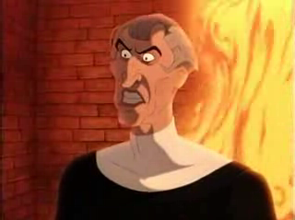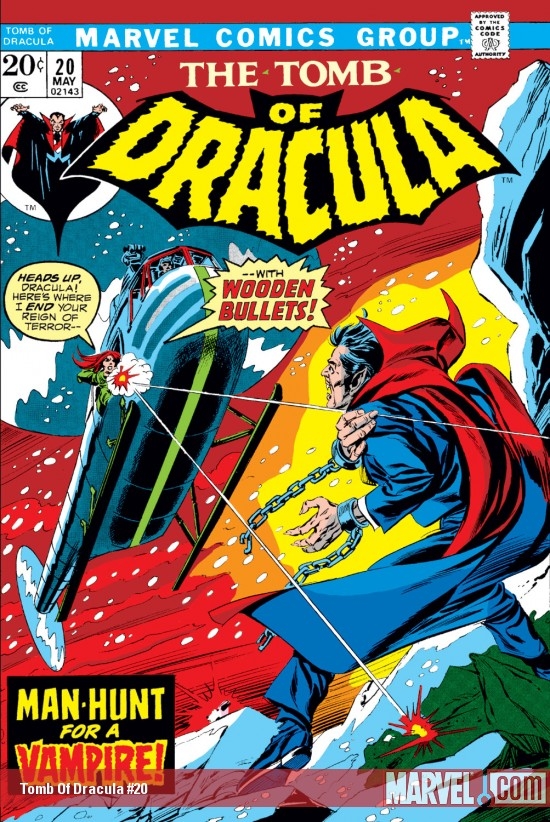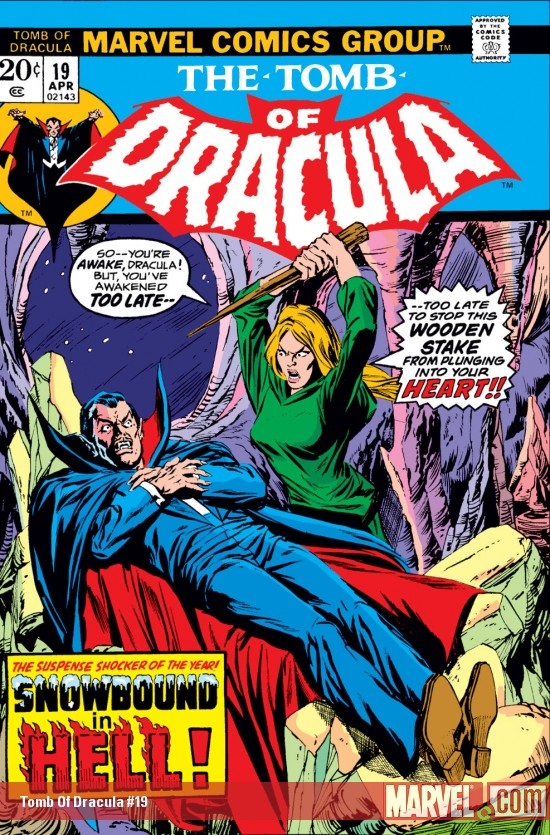Writers of the Future: The 24-Hour Story Experiment

Numerous memorable exchanges occurred during the week I attended the Writers and Illustrators of the Future workshop as one of the winning authors. Many of the more outrageous I can’t quote here (the Workshop is a “safe” environment for people to express opinions they wouldn’t in public, such as conventions), but here’s one my favorites that I feel is quite safe out in the open:
Me: [To Eric Flint] I’m interested to know the sources you used to research the Thirty Years’ War. Because, I’m also a Thirty Years’ War buff —
Eric Flint: For God’s sake, why?
Yes, being a scholar of the Thirty Years’ War does cause people to look at you askance, even another person who has done extensive research into this most anarchic of Early Modern wars. Suffice it to say, I simply cannot help my attraction to the madness of that long, gory, indecisive war. Magnificent madness.
At his acceptance speech during the awards ceremony, writer Brennan Harvey (who is no relation to me except now as a good friend) stated that “K. D. Wentworth and Tim Powers filled my head up to here,” making a motion far above his forehead. “I don’t even know what I learned yet.” That’s the best way to put it. In that week, the experience of listening to advice from a who’s-who of the best in speculative fiction made it sometimes feel as if I were getting machine-gunned with data. I wrote as fast as my hand could go over my notepad, and eventually I’ll sort it all out and see what sticks the most. However, the sheer mass of it made me realize that I can’t do a single blog post to cover what happened during the week. So I will focus on one item at a time.
 I’m beginning to wonder when Interzone will be retitled Jason Sanford’s Interzone; the guy seems to snag the magazine’s featured author slot more times than most. Case in point is the May/June issue in which Sanford’s “Her Scientification, Far Future, Medieval Fantasy” gets top billing, “plus other new stories” by Suzanne Palmer, Lavie Tidhar, Will McIntosh and Jon Ingold. I normally find Sanford intriguing, but this is one of those “I’m in an artificial reality, and I find out that I’m not as real (or more than real) as I thought” stories that is okay but doesn’t add much to the trope that hasn’t already been done before. The first paragraph is a real hoot, though, which I felt the rest of the story didn’t really hold up to:
I’m beginning to wonder when Interzone will be retitled Jason Sanford’s Interzone; the guy seems to snag the magazine’s featured author slot more times than most. Case in point is the May/June issue in which Sanford’s “Her Scientification, Far Future, Medieval Fantasy” gets top billing, “plus other new stories” by Suzanne Palmer, Lavie Tidhar, Will McIntosh and Jon Ingold. I normally find Sanford intriguing, but this is one of those “I’m in an artificial reality, and I find out that I’m not as real (or more than real) as I thought” stories that is okay but doesn’t add much to the trope that hasn’t already been done before. The first paragraph is a real hoot, though, which I felt the rest of the story didn’t really hold up to: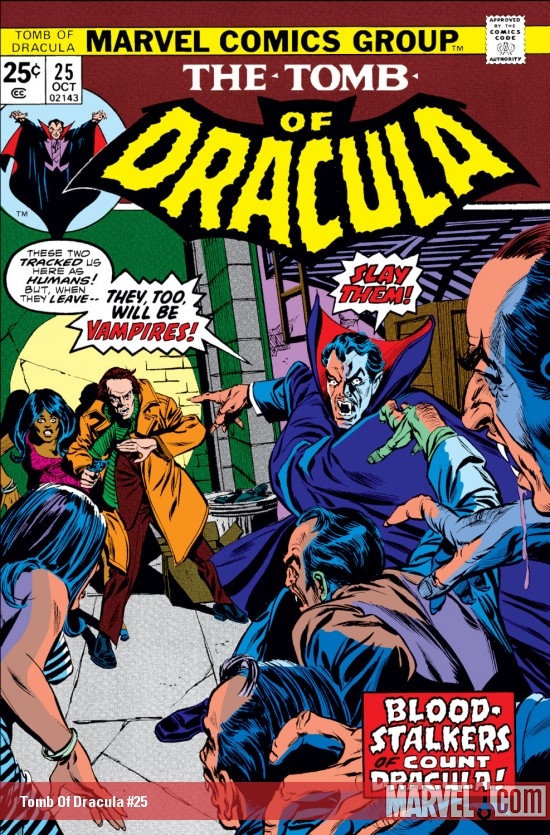
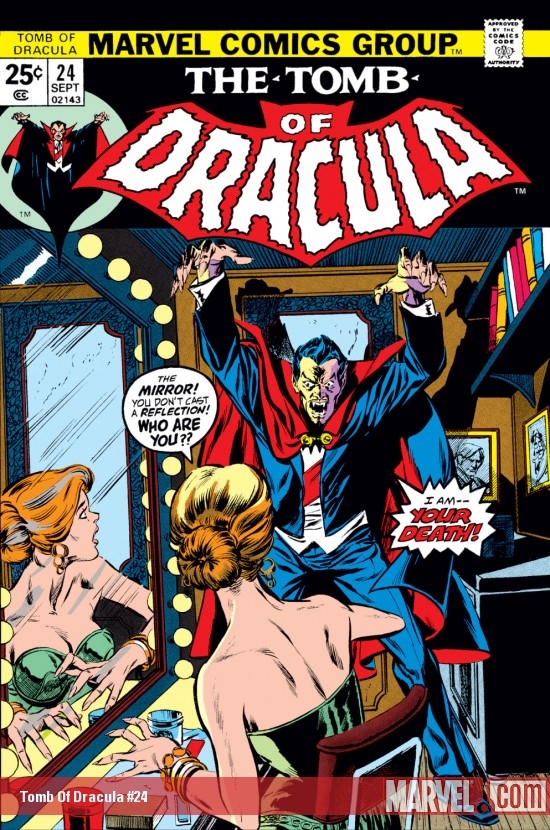

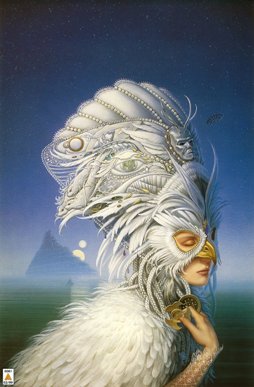
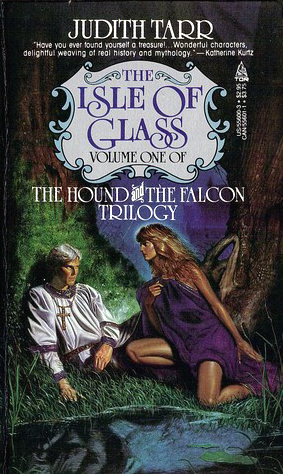
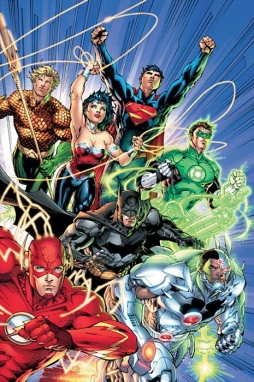 I admit I’d been planning to write another post this week about my new fantasy web serial,
I admit I’d been planning to write another post this week about my new fantasy web serial, 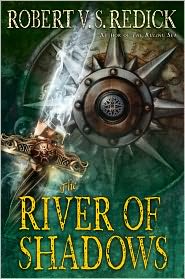 The River of Shadows (Book III of the Chathrand Voyage Series)
The River of Shadows (Book III of the Chathrand Voyage Series)